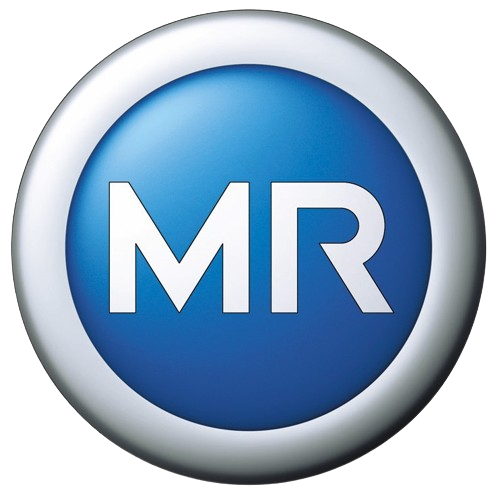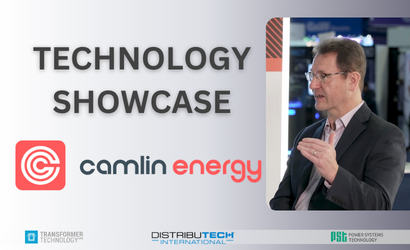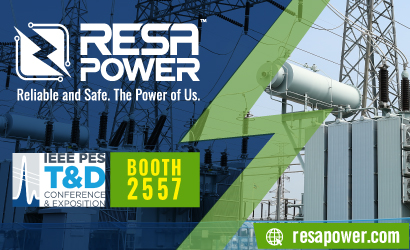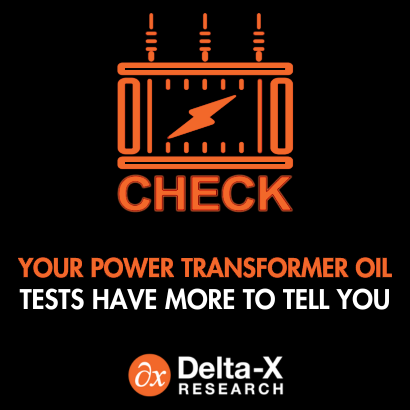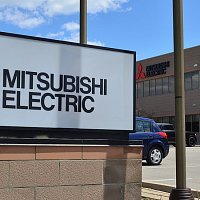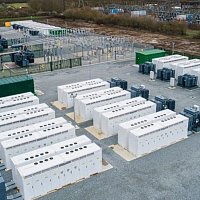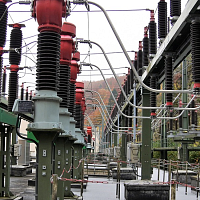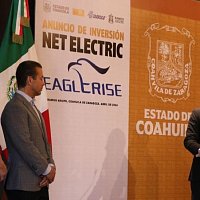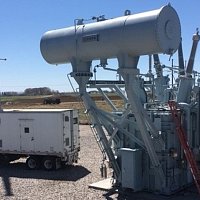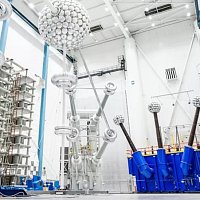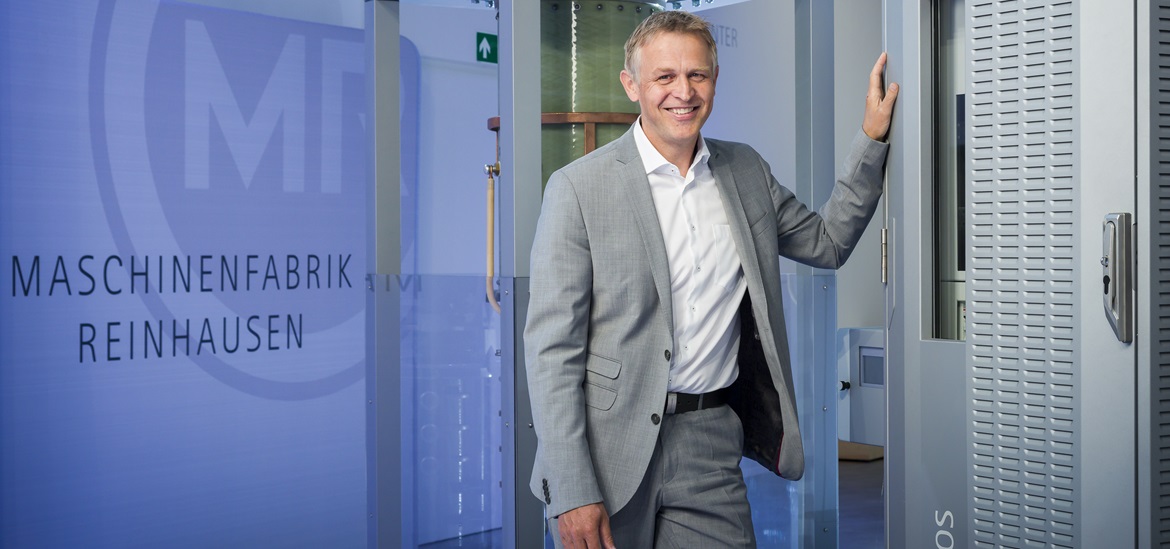
Interview with JüRGEN ACH
Director of Automation, Maschinenfabrik Reinhausen GmbH
Having had a focus on the transformer for many years and working with our customers, we realized that most of them aren’t really aware of the actual status of their transformers. There are hardly sensors, there's SCADA communication, but there is much more potential. We believe that data that is interconnected provides much more information. MR creates a world for the customers where they always have information on everything that is going on in their transformer.
Alan Ross
My guest today is Jürgen Ach and he is the Director of Automation for Maschinenfabrik Reinhausen, one of my favorite companies to talk to and do interviews with. Jürgen, thank you for joining me this morning.
Jürgen Ach
It’s a pleasure to be here, Alan.
AR
As you may know, I’m a reliability engineer, a member of the IEE Reliability Society, and I used to run an organization called the Electric Power Reliability Alliance (EPRA). So, as you can imagine, I'm very passionate about reliability and MR is entering a “new dimension of reliability”. I love that saying. Could you tell us what that means?
JA
That is a good question, Alan. Having had a focus on the transformer for many years and working with our customers, we realized that most of them aren’t really aware of the actual status of their transformers. There are hardly any sensors, there's SCADA communication, but there is much more potential. We believe that data that is ideally interconnected provides much more information. We believe MR creates a world for the customers where they always have information on everything that is going on in their transformer.
AR
That really is a new dimension of reliability, I like that immensely. I believe that one of the big problems we have is the reliability of the grid. We're going to talk about that in a bit but before that, I’d like to hear a little bit about your background. You've been with MR for 28 years. Is that right?
JA
It sounds incredible but yes, it’s been 28 years.
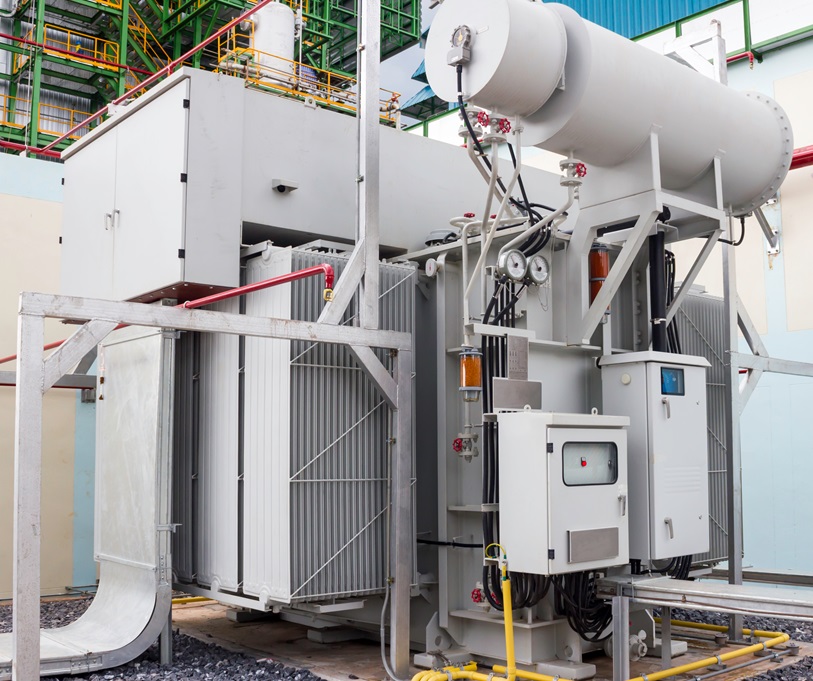
AR
That's amazing! When you started, what was your first role?
JA
My first role was as an engineer for order processing. I created diagrams and production orders for motor drive units and for OLTCs. That was a long, long time ago.
AR
And now you are the Director of Automation. I want to go into that a little more. What does that mean at a company like MR? That's a unique title.
JA
Yeah, there is a good reason for this. The industry looks to the transformer and talks about digitalization but there is a step before, which you have to do. If you’d like to create the industry 4.0 and digitalization, first you have to do the industry 3.0, which is automation.
The industry looks to the transformer and talks about digitalization but there is a step before, which you have to do. If you’d like to create the industry 4.0 and digitalization, first you have to do the industry 3.0, which is automation.
AR
I love that! And of course, it makes absolute sense!
JA
In the 90s and in the 2000s, all the other industries rolled out all this automation technology to the factories and built automated processes. Whereas in the transformer industry, our customers didn't do this. Now we have to do it before we can follow through with digitalization. And that is what we at MR are working on.
AR
Most of our readers, when they think of Reinhausen, MR, they think of the quality of the on-load tap changers. That's what you all have been best known for globally for decades. Highest quality, great research. No one ever got fired from buying a Reinhausen on-load tap changer. Now the company is moving in a completely new direction. Not a different one but a new one, because you're not changing who you are and the pedigree of who you are. But you are changing the direction of your support for the marketplace. What from your experience are the biggest challenges the industry is facing that lead MR to make the decision to take what they’ve done in the on-load tap change market and bring it to many other markets?
JA
When we talk about the end users, we see at least two main fields of new challenges. On the asset management level, we have a lot of people from the old generation retiring and the younger people are not willing to spend a life on a transformer or a bushing. We are losing the know-how of all these technical systems. Hundreds of years of experience that were handed down through these old-school generations are gone. Furthermore, the loads on the transformers are much more volatile than in the past. Our asset managers are finding themselves in this new situation where all the transformers are running at high-volatility loads and a lot of new transformers are needed but there are not enough people to handle them. Digitalization can help handle this situation.
On the other hand, when you look at the SCADA systems or energy management at least, how should we handle the situation with the load? In Germany, for example, we have many wind farms in the North and a lot of industry in the South, but not enough transformers and transmission lines to connect the two. So currently we have to switch off the wind farms in the North and produce customized energy in the South. Digitalization can also help to bring more energy from one end of the country to the other.
AR
Variable load management has two parts. One of them is exactly what you are talking about. The other we see frequently in the United States: During the summer everybody is running air conditioning, especially when they get home, the load hits peak and the utilities just don’t have enough power. So they tried to manage it by charging a lot to the point where the average kilowatt-hour cost went through the roof. Loads are changing because of weather events and DER with wind and solar. And it's having a negative impact on the transformers. Now you've got all kinds of transients and harmonics that we didn't have before the invertor-based system came into play and the challenges are great. Now, tell us please what MR is going to do to solve them. Pick one challenge and tell me how you're fixing it.
JA
Thank you for this question. Imagine there's a world where you can get the prognosis of wind and sun or anything going on in the energy system, and bring it to the transformer for the next 24 hours. You could know exactly when your transformer needed cooling, and you could manage the cooling control proactively and so enhance the load by using the temperature of the cooling control and managing the oil temperature.
AR
We call that “running it hot”. You allow the transformers to run hot, which allows them to take that variable peak load in there. Is that a product or a service? How does MR bring that into play? Are you using it through the load tap changer?
JA
Yes, we bring a "cloud" computer to the transformer and we collect all information on the transformer and all factors. Then you know exactly what's going on in the transformer, exactly what temperature is inside, what the load is, the prognosis from the SCADA system, from the energy management system. You know the status of each component.
We bring a cloud computer to the transformer and we collect all information on the transformer and all factors. Then you know exactly what's going on in the transformer, exactly what temperature is inside, what the load is, the prognosis from the SCADA system, from the energy management system. You know the status of each component.
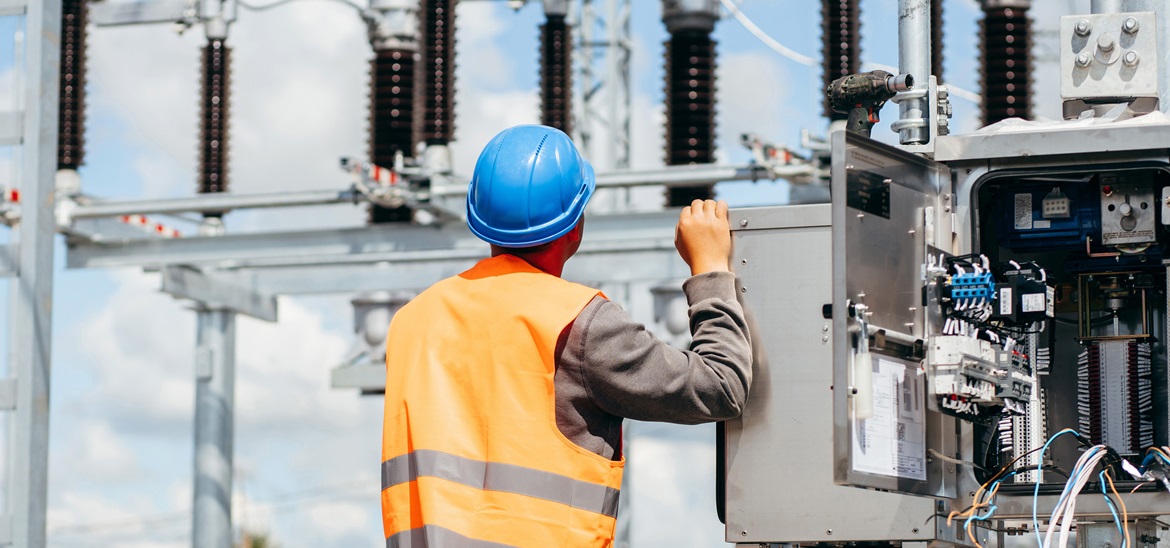
AR
Is that the ETOS system?
JA
Yes, it is a piece of software in ETOS that we call Dynamic Transformer Rating.
AR
And nowadays it's all about data, data analytics, data diagnostics, and all those things. Where does the data management happen? In the cloud?
JA
That’s a simple answer, Alan: It depends. You can do whatever you like, you can do everything. We install sensors on a transformer, and we bring a CPU, an edge computer on a transformer, and connect it to the energy management cloud and to any other cloud the customer wants. This way you can run all functionality and all the software at the transformer in the edge computer and send them to the cloud. You can also work without using a cloud. Many of our customers do not like asset management clouds, which is their right and their choice. You can also do everything by sending the basic information, the basic sensor data to the cloud and to all the data analytics on the cloud.
If you ask me, the best way is to do the calculation at the edge computer on the transformer and then send the standard information to the cloud, only the tangent data of the bushing and the gasses from the DGA, not the basic element, tasks and data.
AR
Alright, you’ve mentioned two main challenges for the industry customer, now let's tie them together: You've got experienced people retiring, new people replacing them, and having to do so much more than their retiring counterparts. One person replacing three or four because of labor shortage, and everything changing. I'd hate to be that one new person if I didn't have somebody analyzing and giving me not just data, but diagnostics. Somebody coming to me and saying “This is what's happening in your transformer, you need to do this.” And that is exactly what you do for your customers. Correct?
JA
That’s it exactly.
AR
Now, let’s switch gears for a minute. Here's a company well-known for load tap changers, that is now expanding into the service business. You're doing transformer service throughout the United States. You're providing data analytics, data collection diagnostics, automation, and digitalization. These are big leaps. How do you maintain the quality that MR has been known for in load tap changes and maintain that in a service and digital automation business?
JA
I believe, Alan, that it is a question of culture. When you have been a manufacturer for 100 years at OLTC, you know the OLTC goes in the transformer and nobody has a chance to go in there and repair it. When we develop something, we work together with sub-suppliers, we take great care of every detail. When we write something on a paper, we double- and triple-check it. For example, when we send the OLTC into the test field, we know that it's more or less one and a half years and one and a half million euros ($ 1,6 million). We can check that OLTC at once. Some 20 years ago, we decided to reinvent our production department. We have screwdrivers with computers which check every screw and the torque on every screw, and we make sure to test each product before it leaves the factory.
Our sales people do not hunt projects. They take care of customers and if there is a problem, they handle it for them. There’s really a difference. And I know that it’s sometimes really hard work for business unit leaders. It's more or less the same for service. We have a development department for services in Regensburg, and all our service technicians have to come to Regensburg. They have to complete workshops and tests in our laboratories every two years and only then are they allowed to service our products. The same goes for the electronics department. When we develop software, we make it differently than most and test it and double and triple-check it.
When we develop something, we work together with sub-suppliers, we take great care of every detail. When we write something on a paper, we double- and triple-check it.
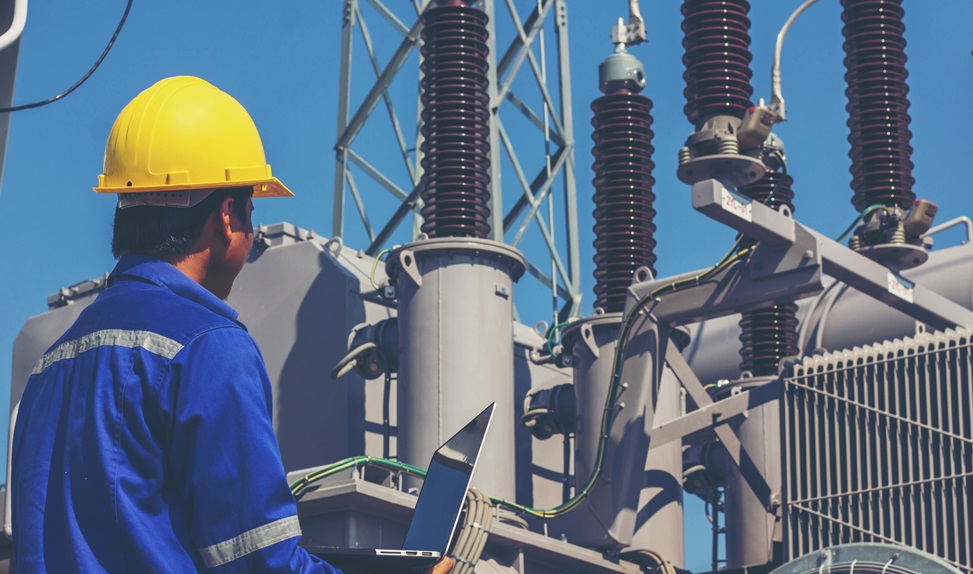
AR
You said that it was a matter of culture, and that has to be the secret – maintaining the same culture that you have been known for in the new businesses. I almost said core business, but your core business is still load tap changers. However, it sounds like your core business is going to become much broader, much more of a full service to your customers.
JA
Yes, you’re right. It's not a separate business unit. We are talking about the same company and the same people who are doing this automation business. It's the same production department, the same test field. This way we sell a system. We do not sell ETOS and the automation products on one side and then OLTC on the other. Inside this ETOS system, there is a drive for the OLTC and the same people, who work with the customers for both.
AR
It's a brilliant go-to-market strategy. One of your compadres at MR, Thorsten, was telling us about his 1988 convertible BMW. My son in California just bought a VW ID 4, the electric one, and it is definitely not the same as that 1988 BMW that Thorsten is driving. We use the term, “it's not your grandfather's BMW anymore”, as companies evolve and change and MR is undergoing one such change.
We're going to have more conversations in the future about some specific applications, but give me one if you can. Take one application where MR has been able to bring all of it together, or the customer said, “Bring it together for us”.
JA
It's not easy to pick just one. I will take one from Germany because it's where I am based. We have a project together with Tenet. We are working in one of their substations, bringing in all the sensors for bushing monitoring, DGA monitoring, the OLTC monitoring, the cooling control, the OLTC drive, voltage regulation, all in one cabinet. And then we will connect it twice. On one side to the SCADA system And at the moment, we are discussing together with PSI, one of the biggest EMS manufacturer in Germany, to create this dynamic transformer rating for TenneT. On the other hand, we will connect the system via a what we call a “data diet” to the asset management system. We are building quite a new fleet monitoring asset performance management.
AR
As a reliability guy, I use the term, “Let the machine tell you what's going on”. What you just described is exactly that. You’re letting the transformer speak. That should be your new slogan: “Let your transformer speak”. You don't have to pay me residuals for that one.
JA
That's perfect, Alan! I’d just like to add one more thing. We have prepared a new algorithm on the transformer in ETOS. We call it asset intelligence. In this algorithm, we combine all the knowledge from our great technicians and our experts in a base grid and give the customer feedback on what is going on in the transformer and can then recommend and advise on what should be done next.
We have prepared a new algorithm on the transformer in ETOS. We call it asset intelligence. In this algorithm, we combine all the knowledge from our great technicians and our experts in a base grid and give the customer feedback on what is going on in the transformer and can then recommend and advise on what should be done next.
AR
It is a completely new day for the marketplace. I mean, as you said, we've got the great retirement of people, and add to that that the average power transformer in Europe and the United States is 38 years old. They were not supposed to last 38 years. The future is so bright for MR because you could retrofit the world. I hope you're ready for all of that growth.
JA
Yes, of course, we are. We are very ready for this.
AR
Jürgen, you’ve given us an overview of what the new identity of MR’s business is. And now I understand what the Director of Automation for MR does, I can really ask you a lot of the hard questions. So I’d like to right now invite you to do another interview. And when we do that one, we're going to drill down deeper on a couple of areas.
Thank you so much. I think you've positioned MR beautifully for where you're going in the marketplace, and I wish you much success. Thank you for the quality culture that you're creating for the marketplace, because I have transformer oil in my blood and anything you can do to keep those transformers reliable, works for me. Thank you so much, Jürgen, and let’s do this again soon.
JA
Thank you very much, Alan, I look forward to that.
Powered by
